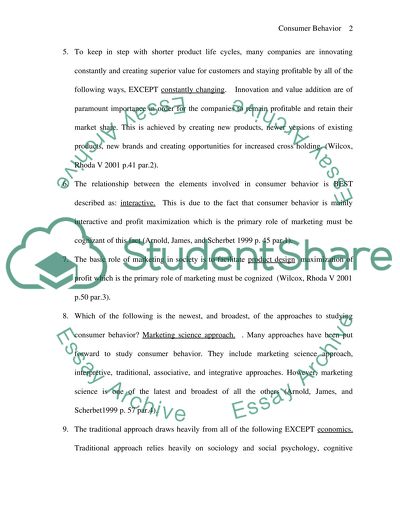Cite this document
(“Consumer behavior Essay Example | Topics and Well Written Essays - 2500 words”, n.d.)
Consumer behavior Essay Example | Topics and Well Written Essays - 2500 words. Retrieved from https://studentshare.org/miscellaneous/1552346-consumer-behavior
Consumer behavior Essay Example | Topics and Well Written Essays - 2500 words. Retrieved from https://studentshare.org/miscellaneous/1552346-consumer-behavior
(Consumer Behavior Essay Example | Topics and Well Written Essays - 2500 Words)
Consumer Behavior Essay Example | Topics and Well Written Essays - 2500 Words. https://studentshare.org/miscellaneous/1552346-consumer-behavior.
Consumer Behavior Essay Example | Topics and Well Written Essays - 2500 Words. https://studentshare.org/miscellaneous/1552346-consumer-behavior.
“Consumer Behavior Essay Example | Topics and Well Written Essays - 2500 Words”, n.d. https://studentshare.org/miscellaneous/1552346-consumer-behavior.


